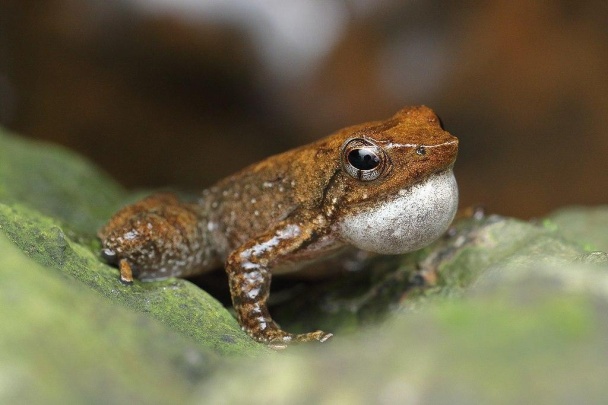Description

Copyright infringement is not intended
Context: According to a new study; Kerala, Tamil Nadu and Karnataka host a large share of India’s threatened and endemic species of amphibians, birds and mammals.
- The STAR metric restoration scores per state / district was calculated, considering the rate of recovery of a species’ population to calculate how much restoring the lost historical habitat of each species in each state/district of India could contribute towards reducing their global extinction risk.
About STAR score:
- The three states account for 51 per cent of the country’s species threat abatement and restoration (STAR) score.
- A higher STAR score indicates greater presence of threatened species.
- The score is a measure of the contribution that investments can make to reduce species extinction risk.
- It can help national and subnational governments, cities and other entities target their investments and activities to achieve conservation outcomes.
- India’s total national STAR score was 41,817, of which 11,585 was for mammals, 10,843 for birds and 19,389 for amphibians. The global STAR score for the three species groups combined was 1,223,500.
- India's national STAR score represented 4 per cent of the global STAR; it was 3.7 per cent for mammals, 2.9 per cent for birds and 3.6 per cent for amphibians.
- The top 20 per cent of all 36 states contributed 80 per cent to the national STAR score.
- These include Kerala (20 per cent), Tamil Nadu (18 per cent), Karnataka (13 per cent), Arunachal Pradesh (6 per cent), Assam (5 per cent), Maharashtra (5 per cent) and the Andaman and Nicobar Islands in the Indian Ocean (12 per cent).
- In contrast, the 20 states with lower STAR scores contributed only 6 per cent to the national STAR score. This is because several of them are small in area and host few threatened species.
- Several bigger states such as Uttar Pradesh, Bihar, Odisha and Telangana, however, contributed less than 1 per cent to the national STAR score.
- The high STAR scores of the top three states (51 per cent combined) were primarily due to the presence of a number of endemic amphibian species that are critically endangered like Indirana phrynoderma (Kerala Indian frog), Fejervarya murthii (Ghats wart frog), Indirana gundia (Gundia frog), Micrixalus kottigeharensis (Kottigehar dancing frog) and others.
- The high scores of the northeastern states of Arunachal Pradesh and Assam were due to the presence of a high number of threatened birds and mammals such as Liocichla bugunorum and Biswamoyopterus biswasi.
Threats to species:
- Threats from annual and perennial non-timber crop production can contribute the most to reducing extinction risk for amphibians, birds and terrestrial mammals.
- Such threats alone account for 44 per cent of the total Indian STAR score.
- The next important threats are biological resource use — hunting and collecting birds and animals, logging and wood harvesting as well as residential and commercial development.
- The STAR metrics helps to identify which threats are negatively affecting which species in each state and where habitat restoration will yield the maximum returns for individual species.
What can be done?
- An important step to reduce biodiversity loss in India will be the generation of high spatial resolution quantitative information on threats affecting individual species in different regions as well as regions where habitat restoration can yield best outcomes for the species.
https://www.downtoearth.org.in/news/wildlife-biodiversity/large-share-of-india-s-threatened-endemic-species-in-kerala-tamil-nadu-and-karnataka-study-82601












